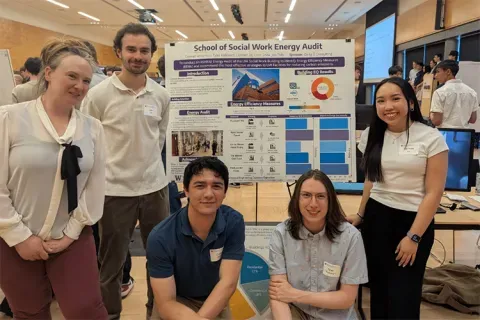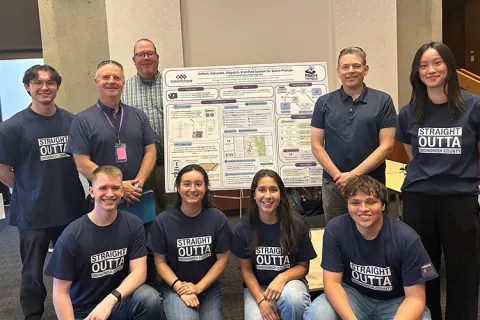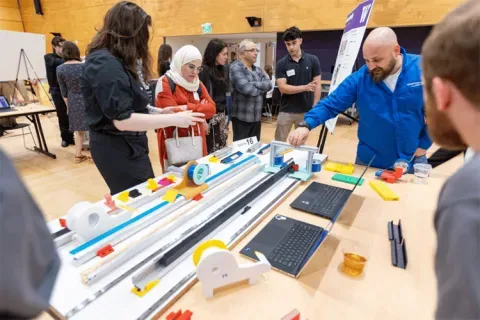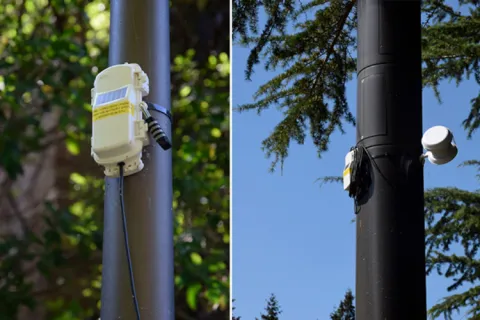Boeing
AM Powder Bed Fusion Part Porosity Sources
Additive manufacturing (3D printing) with metals has the potential for significant weight savings in aerospace applications, along with numerous other advantages. To realize these advantages, the sources and amounts of variability in component strength and fatigue properties must be well understood. A “round robin” study started at UW last year focused on intra-build, intra-machine, and inter-machine variation using a EOS M290 printer to laser-sinter titanium components. Based on preliminary results, the argon gas pressure variation contributed to poor part porosity and needs to be explored further. This student team will leverage the existing UW Round Robin study to design the experiments searching for the optical gas pressure for the production, and use data science methods, statistical analysis, and data visualization for the results to provide recommendations on design outcomes. ME prerequisites: None
Faculty Adviser(s)
Luna Yue Huang, Materials Science & Engineering
Related News

Mon, 10/13/2025 | UW Mechanical Engineering
Capstone collaboration leads to award
An ME capstone team received first place for its energy audit of the UW School of Social Work building.

Thu, 07/17/2025
UW engineering students develop smart ballot solution
UW engineering students develop smart technology solution to improve ballot collection for Snohomish County.

Mon, 07/07/2025 | UW Mechanical Engineering
Capstone creations
Students displayed innovative capstone design projects at the 2025 expo.

Fri, 09/20/2024 | UW Civil & Environmental Engineering
Smarter irrigation for a greener UW
A new project combines satellite data with ground sensors to conserve water and create a more sustainable campus environment.